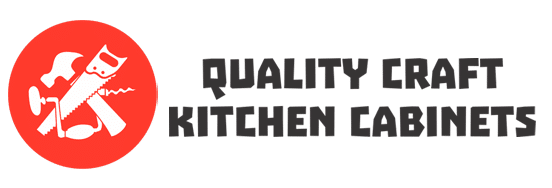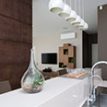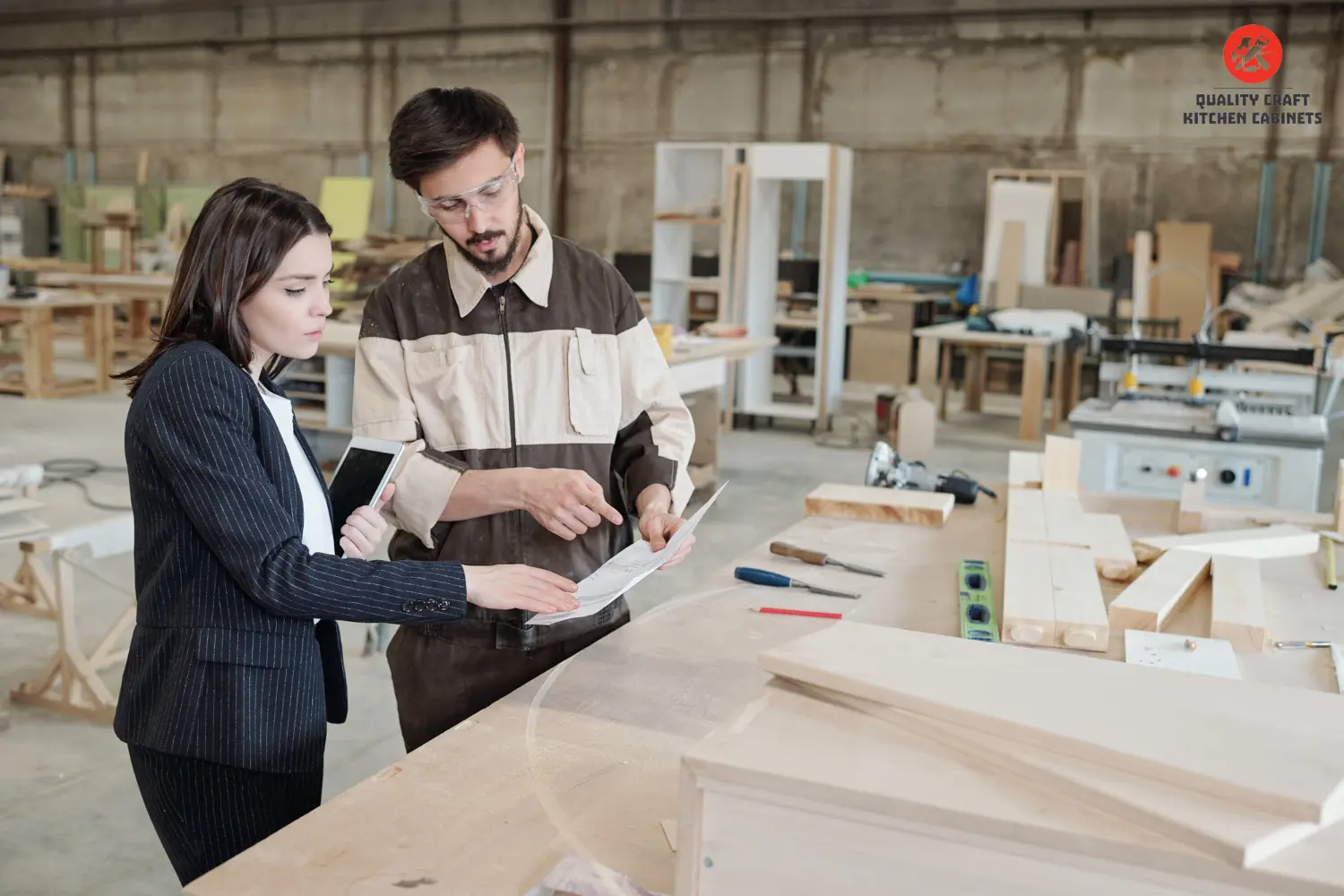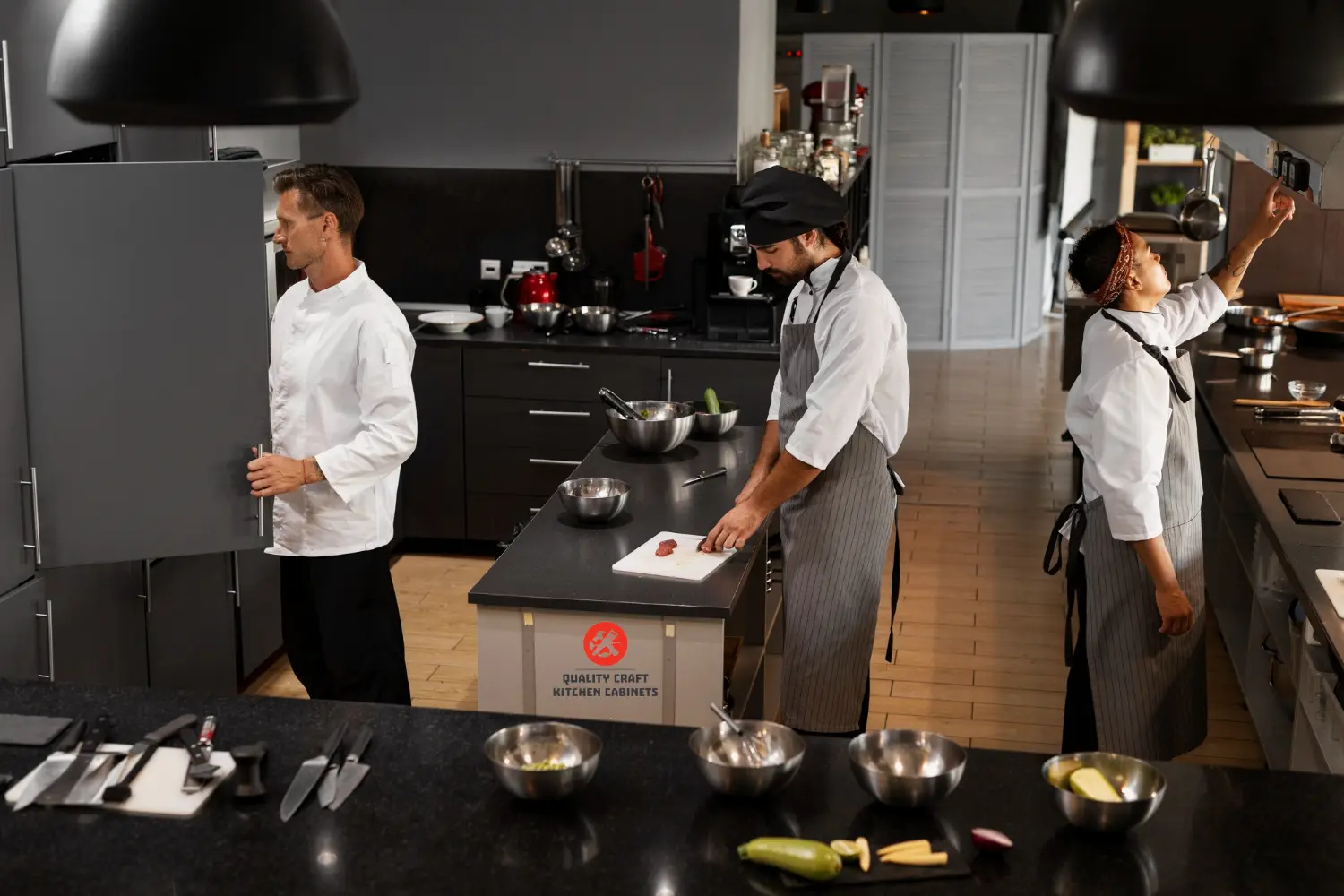You finally decided to renovate your home, and the excitement is real. You’ve been scrolling through endless design ideas, picturing a brand-new kitchen, stylish floors, and that dream bathroom.
But then reality kicks in, where do you even start? Do you tear down walls first? Upgrade the kitchen? Fix that leaky roof? Suddenly, what seemed like a fun project starts to feel overwhelming.
The truth is, home renovations can quickly become stressful if you don’t have a clear plan.
Many homeowners rush into the process, focusing on the cosmetic details while ignoring the important structural and functional upgrades. Without the right priorities, unexpected costs and delays can turn your dream project into a nightmare.
But don’t worry, you’re in the right place! This guide will walk you through exactly what to prioritize first, helping you stay on track, within budget, and stress-free.
Let’s get started!
Set a Clear Budget and Timeline
A successful renovation starts with a clear financial plan and a realistic timeline. Without these, costs can quickly spiral, and projects can drag on longer than expected.
Here’s how to structure your budget and timeline effectively:
| Step | What to Do | Why It Matters |
| Set a Clear Budget | Break down all costs, including materials, labor, permits, and unexpected expenses. Set aside 10–20% for contingencies. | Prevents overspending and ensures you’re financially prepared for surprises. |
| Prioritize Essential Fixes | Focus on structural and safety repairs before cosmetic upgrades. Allocate budget accordingly. | Maximizes the value of your renovation by addressing critical issues first. |
| Create a Realistic Timeline | Map out the project in phases, starting with urgent repairs. Plan for longer time frames on major renovations like kitchens and bathrooms. | Keeps the renovation organized, avoids rushed decisions, and ensures smooth progress. |
| Book Contractors Early | If hiring professionals, schedule them in advance to avoid delays. Get multiple quotes and confirm availability. | Prevents scheduling conflicts and ensures quality work without last-minute stress. |
| Be Honest About DIY Work | Assess your skills and available time before committing to DIY projects. Leave complex tasks to professionals. | Saves time, reduces costly mistakes, and ensures the renovation is done correctly. |
Planning your budget and timeline upfront eliminates uncertainty and allows for a smoother, more efficient renovation process.
Address Structural Repairs and Safety Issues First
A beautiful home starts with a strong foundation, literally. No amount of fresh paint or stylish decor can make up for structural problems, electrical hazards, or plumbing failures.
Before focusing on aesthetics, take care of the essentials:
Foundation & Roof
Cracks, leaks, or sagging in these areas can signal serious structural issues. Getting them inspected and repaired early will save you from costly damage later.
Electrical System
Outdated wiring, flickering lights, or frequently tripped breakers are not just inconvenient—they’re dangerous. Upgrading the electrical panel or rewiring your home ensures safety and prevents future headaches.
Plumbing
If you’re dealing with low water pressure, slow drains, or frequent leaks, don’t ignore them. Replacing old pipes and fixing underlying issues now will prevent water damage and costly repairs down the line.
Hazardous Materials
Older homes may contain asbestos, lead paint, or mold, serious health risks that need professional removal. If your home was built before the 1980s, get it tested before starting renovations.
Addressing these core issues first ensures your home is not only beautiful but also safe, functional, and built to last.
Upgrade Kitchen Cabinets for Functionality and Style
Your best kitchen cabinets Calgary define the style and efficiency of your space. If they’re outdated, inefficient, or falling apart, an upgrade can make a dramatic difference.
If the cabinet structure is in good shape, refacing them with new doors, hardware, and a fresh coat of paint is an affordable way to refresh the space. However, if they’re beyond saving, installing new cabinets with smart storage features like pull-out shelves, built-in dividers, and soft-close hinges can make your kitchen more functional and enjoyable to use.
Lighter-colored cabinets create a bright, open feel, while darker tones add warmth and depth. Investing in high-quality materials, such as plywood or solid wood, ensures longevity.
Basically, a well-thought-out cabinet upgrade not only enhances the look of your kitchen but also improves storage and efficiency, making it a worthwhile investment. And the best part? If you’re not in the mood to wait or invest in something super expensive, you can always visit a kitchen cabinet store in Calgary. They have pre-built cabinets that might just fall under your budget!
Focus on Essential Plumbing and Electrical Work
Behind your walls and under your floors, your home’s plumbing and electrical systems work hard every day but when they fail, the results can be disastrous. Upgrading them before tackling cosmetic changes will save you from expensive repairs down the road.
If your home still has galvanized pipes, consider switching to copper or PEX to prevent corrosion and leaks. Low water pressure, slow drainage, or frequent clogs may be signs that your plumbing needs professional attention.
Electrical systems also need to be up to date. If you’re adding new lighting, appliances, or outlets, make sure your electrical panel can handle the extra load. Outdated wiring isn’t just inconvenient, it’s a serious fire hazard.
These behind-the-scenes updates might not be the most exciting part of a renovation, but they are essential for safety, functionality, and long-term peace of mind.
Improve Insulation and Energy Efficiency
If you notice drafts or high energy costs, it’s time to take a closer look at your insulation. A well-insulated home is also more energy-efficient, saving you money on heating and cooling bills.
The attic is one of the biggest culprits for heat loss, so adding spray foam or fiberglass insulation can make a big difference. Walls, crawl spaces, and basements should also be properly insulated to prevent energy waste.
Upgrading to energy-efficient windows and doors helps regulate indoor temperatures while sealing gaps around vents and entryways prevents air leaks. If your HVAC system is outdated, switching to a high-efficiency unit will further reduce energy costs while improving comfort.
A few smart upgrades can lead to long-term savings and a more sustainable home.
Upgrade Flooring for Durability and Aesthetics
Flooring plays a major role in both the look and feel of your home. Choosing the right material depends on durability, maintenance, and style.
Here are the best durable materials:
Hardwood & Engineered Wood: A timeless, high-value option that adds warmth and elegance. Engineered wood offers better moisture resistance.
Luxury Vinyl Plank (LVP): A budget-friendly, waterproof alternative that mimics hardwood while offering durability.
Tile: Great for moisture-prone areas like kitchens and bathrooms, with endless design options.
Carpet: Soft and cozy, making it ideal for bedrooms and living spaces. Choose stain-resistant options for longevity.
Simple and Money Saving Tip: If replacing flooring isn’t in your budget, refinishing existing hardwood or deep-cleaning carpets can still provide a fresh, updated look.
Fresh Paint or New Finishes
Updating your walls is one of the most effective ways to refresh a space.
The right color or finish can enhance the overall aesthetic, add depth, and even influence the perception of room size. Whether you opt for a simple coat of paint or a more intricate wall treatment, careful selection and preparation will ensure a polished result.
Here are effective ways to update your walls:
Apply a Fresh Coat of Paint
- Neutral tones like white, gray, or beige create a timeless and versatile backdrop.
- Bold accent walls introduce depth and character without overwhelming the space.
- Lighter shades help make small rooms feel more open and airy.
Incorporate Textured Finishes
- Shiplap or Wainscoting adds architectural interest and a sophisticated touch.
- Decorative Wall Panels create a focal point and enhance modern or traditional interiors.
- Venetian Plaster or Limewash offers a high-end, textured appearance with a refined finish.
Eliminate Outdated Features
- Removing popcorn ceilings and old wallpaper instantly modernizes a space.
- Peel-and-stick wall panels provide a temporary yet stylish solution for renters or those seeking a quick transformation.
Key considerations for a lasting finish:
- Choose high-quality, washable paint for durability in high-traffic areas.
- Test paint colors in different lighting conditions before making a final decision.
- Properly prepare walls by filling holes, sanding uneven surfaces, and applying primer for a smooth, professional result.
A well-executed wall update not only enhances aesthetics but also adds value and longevity to your home’s interior.
Modernize Bathrooms for Comfort and Value
Bathrooms are one of the most used spaces in a home, so updates here have a big impact.
Focus on key upgrades that enhance both function and style, including
Plumbing Fixtures: Water-efficient faucets, showerheads, and toilets help conserve water and reduce utility bills.
Vanity & Storage: A sleek vanity with built-in storage keeps your bathroom organized and clutter-free.
Lighting: LED vanity lighting or backlit mirrors improve visibility and ambiance.
Surfaces: Moisture-resistant materials like tile, quartz, or marble add durability and elegance.
Even small changes, like new hardware, fresh grout, or updated mirrors, can make a bathroom feel brand new.
Enhance Lighting for a Brighter, More Inviting Space
Lighting sets the mood of a home and enhances both beauty and functionality.
Here’s how to improve it:
Layered Lighting: Combine overhead, task, and accent lighting for a balanced look.
Modern Fixtures: Swap outdated chandeliers or ceiling fans for sleek, contemporary designs.
Dimmers & Smart Controls: Adjust brightness to match different times of day or moods.
Under-Cabinet & Vanity Lighting: Add task lighting in kitchens and bathrooms for better visibility.
Natural Light: If possible, expand windows or install skylights to bring in more daylight.
A well-lit home feels more welcoming and spacious, making it one of the most impactful upgrades.
Consider Smart Home Upgrades for Convenience
Smart home technology offers a seamless way to enhance efficiency, improve security, and automate everyday tasks.
The right upgrades can make daily living more convenient and stress-free. If you’re looking to enhance your home, consider the following upgrades:
| Upgrades | How It Enhances Your Home |
| Smart Thermostat | Adjusts temperatures automatically based on your schedule, reducing energy costs and improving comfort. |
| Video Doorbell | Provides real-time visitor monitoring and motion detection, adding an extra layer of security. |
| Smart Locks | Allows keyless entry and remote locking/unlocking, eliminating the need for physical keys. |
| Motion Sensors | Detects movement and integrates with security systems for instant alerts and automation. |
| Automated Lighting | Enables remote control, scheduling, and voice activation for better convenience and energy efficiency. |
| Wi-Fi-Enabled Appliances | Lets you manage refrigerators, ovens, and laundry machines from your phone, optimizing daily routines. |
Through incorporating these smart upgrades, you can create a home that is more efficient, secure, and tailored to your lifestyle.
Furnish and Decorate to Complete the Transformation
And finally, the finishing touches.
With the renovations complete, it’s time to bring your space to life. Choose furniture that complements the room without making it feel overcrowded. Layer in rugs, curtains, and throw pillows to add warmth and texture. Decorative elements like artwork, plants, and statement pieces create a polished, well-curated look.
This stage is entirely personal, each homeowner has their own style and vision. The key is to design a space that reflects your personality while maintaining comfort and functionality.
Final Thoughts
Renovating your home is an investment in your comfort, efficiency, and quality of life. The process may seem overwhelming at times, but with careful planning and the right priorities, it can be both rewarding and transformative.
That’s why start with a solid foundation by addressing structural and safety concerns, then move on to functional upgrades like kitchen improvements, insulation, and energy efficiency. Thoughtful additions such as smart home technology and modern finishes will enhance both convenience and style.
Remember, a renovation isn’t about perfecting everything, it’s about progress. Every decision you make should align with your needs, budget, and long-term plans.









